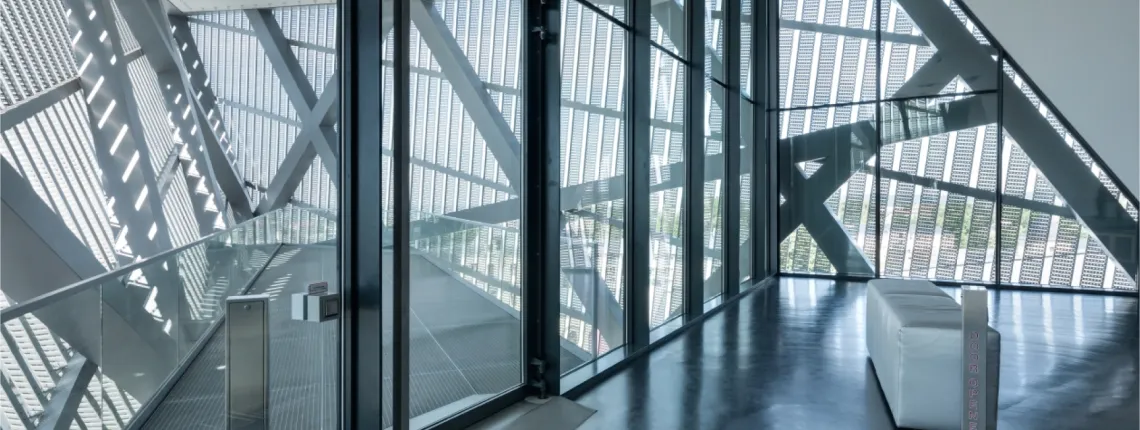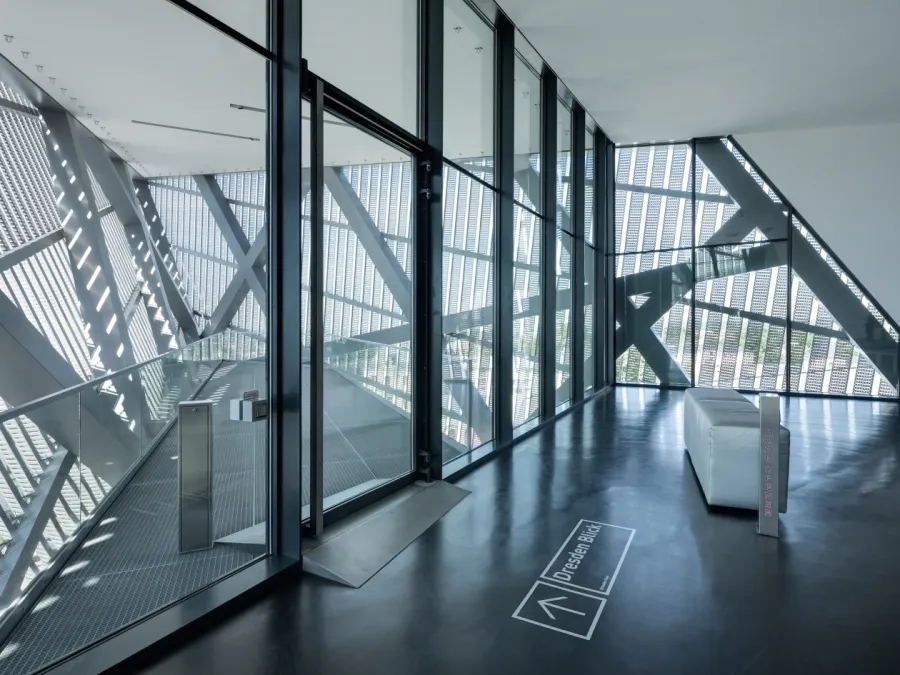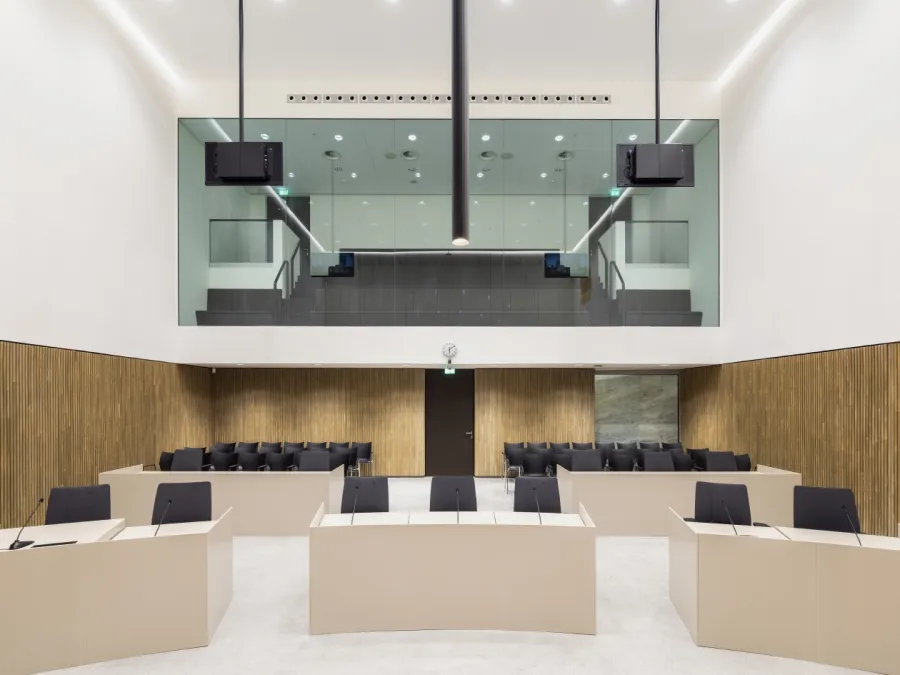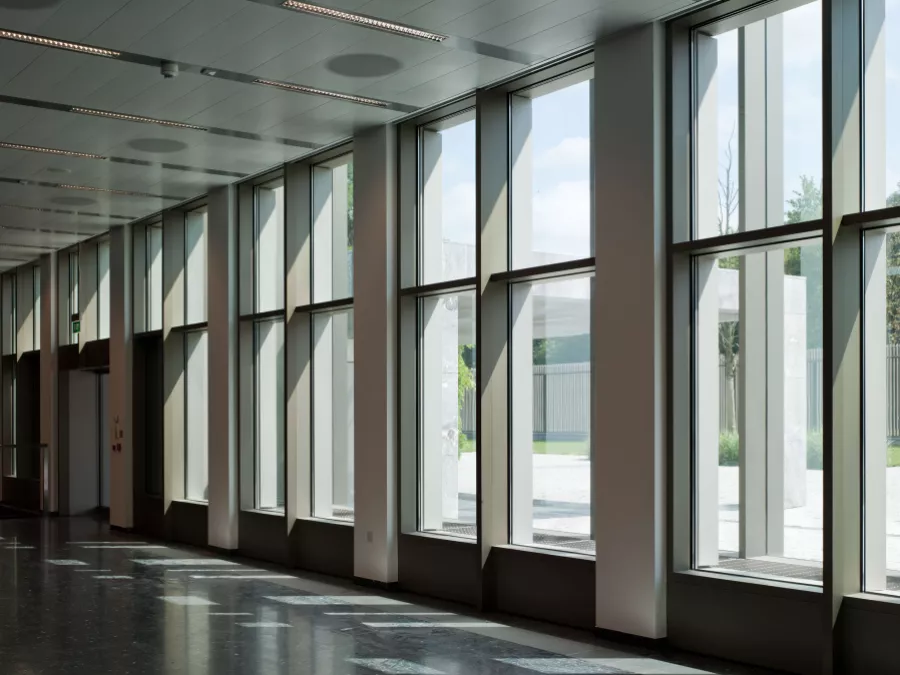Enhancing Safety with High-Security Glass Windows for Public Spaces
Discover high-security glass windows: a global guide to safety, system‑level testing (EN/ISO/ASTM), key selection factors, and applications in public spaces.

Safety is a top priority for public spaces, where protection against break-ins and vandalism is essential. High-security glass windows offer robust resistance to forced entry and impact while preserving natural light and architectural transparency. These solutions help create secure, welcoming environments without compromising design.
What Are High-Security Glass Windows?
High-security glass windows are engineered to withstand forced entry and severe impacts. Typically manufactured using multiple layers of laminated glass - and, where required, combined with heat-strengthened or toughened plies, they provide high durability while maintaining clear visibility and daylighting. In the event of damage, interlayers hold fragments in place to reduce the risk of injury.
Why Are High-Security Glass Windows Essential for Safety?
In public environments, high-security glass plays a critical role in deterring unauthorised entry and protecting people and property. In higher-risk locations, it adds resilience against vandalism and deliberate attack, and it can help mitigate accidental damage in busy areas.
Advantages of High-Security Glass Windows for Public Infrastructures
- Protection Against Forced Entry and Break-Ins: High-security glass windows for public spaces significantly reduce the risk of unauthorised entry. Reinforced laminated constructions are difficult to penetrate, buying crucial time for occupants and security systems to respond.
- Enhanced Safety from Accidental Impacts: Laminated security glass retains fragments upon breakage, helping to minimise injury risks.
- Improved Energy Efficiency and Noise Reduction: High-security glass can be combined with insulating configurations to reduce heat transfer and external noise, supporting comfort and lowering energy use. These solutions also support sustainability goals by reducing energy consumption and carbon footprint, aligning with European environmental priorities.

Benefits of High-Security Glass for Public Spaces
- Protection from Vandalism and Damage: Designed to resist deliberate attacks, high-security glazing helps reduce glass breakage and downtime in high-traffic spaces such as retail, transport hubs and cultural venues.
- Enhanced Transparency and Aesthetic Appeal: Security glass maintains openness and daylight, complementing the building’s architecture while delivering reliable protection.

Applications of High-Security Glass Windows for Public Spaces
- Commercial buildings and offices: protect employees, visitors and assets.
- Education and healthcare: help safeguard students, patients and staff in sensitive environments.
- Airports, stations and government buildings: enhance resilience for critical infrastructure.
How High-Security Glass Enhances Modern Architecture
Modern architecture effortlessly blends safety with design, ensuring that buildings remain both secure and visually appealing. High-security glass windows play a vital role in achieving this balance by providing robust protection while allowing natural light to flood interiors. These advanced glass solutions allow architects to design open, light-filled spaces without compromising security.
Vetrotech’s high-security glass solutions further this concept by offering enhanced safety features without disrupting the architectural vision. Our range of laminated, toughened, and bullet-resistant glass seamlessly integrates into various design styles, ensuring optimal protection while maintaining aesthetic harmony.
Available in various make-ups and finishes, high-security glass can integrate with fire protection, thermal insulation and acoustic performance to meet multi-functional design requirements.
Factors to Consider When Choosing High-Security Glass Windows
Selecting the right high-security glass for homes and public spaces involves assessing risk, performance and compliance needs. The considerations below will help ensure that the chosen solution performs as expected in real-world use.
1. Level of Security Required
Assess site-specific risks (e.g., burglary resistance, vandalism, ballistic or blast risk) and select constructions tested to the appropriate resistance classes.
2. Tested and Certified Solutions
Choose products proven through system-level testing - glass, frame, hardware and fixings together. For burglary resistance, look for EN 1627-1630; for ballistic threats, EN 1522/1523 (complete units) and note that EN 1063 applies to glass only. For blast, standards like ISO 16933 or GSATS01 test full assemblies. EN 356 covers manual attack on glazing but does not replace full-unit testing. Vetrotech accompanies you in testing the full system, as all our systems are tested and certified by third parties.
3. Regional and Regulatory Considerations
Verify alignment with applicable local building codes and regulatory requirements (e.g., security and energy efficiency requirements). Ensure compliance with any applicable regional conformity marking or certification schemes.
Investing in Security and Peace of Mind
High-security glass offers a balanced combination of safety, durability and visual quality. By selecting tested and compliant solutions, owners and operators can create secure, comfortable and aesthetic environments that stand the test of time.

